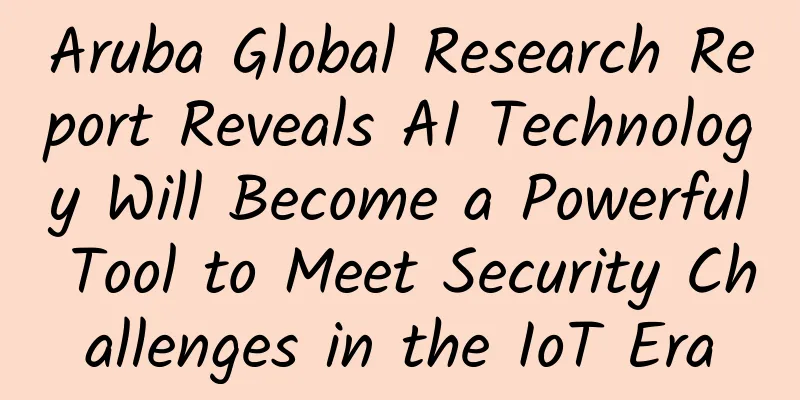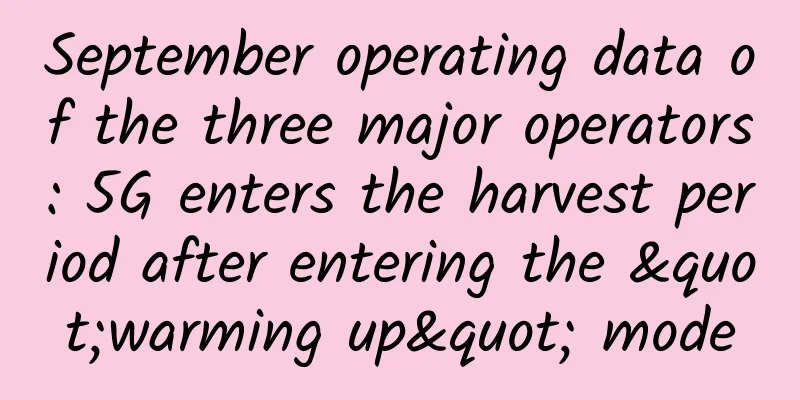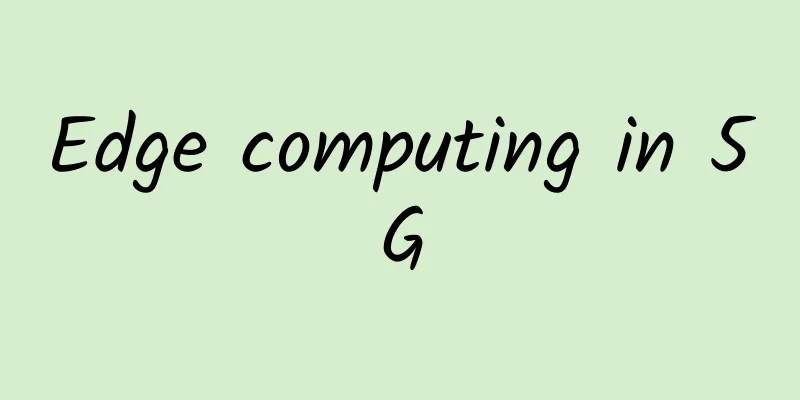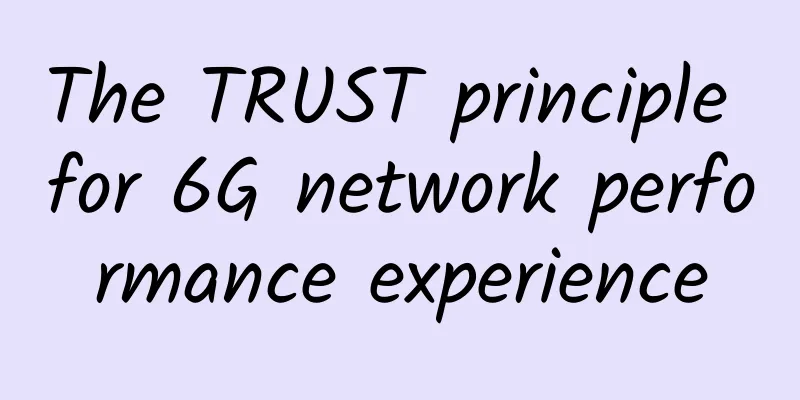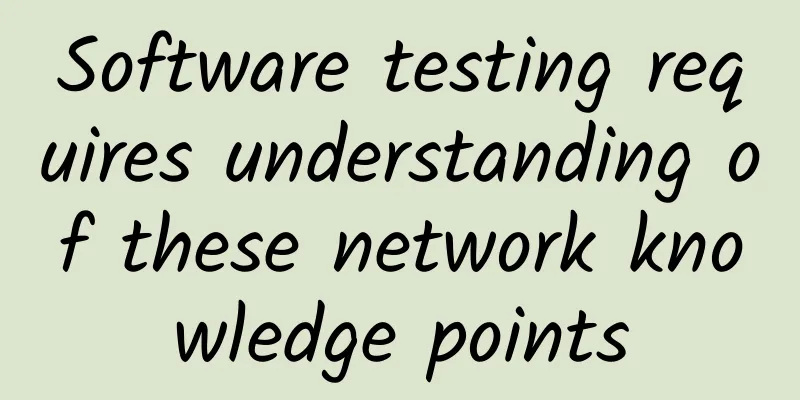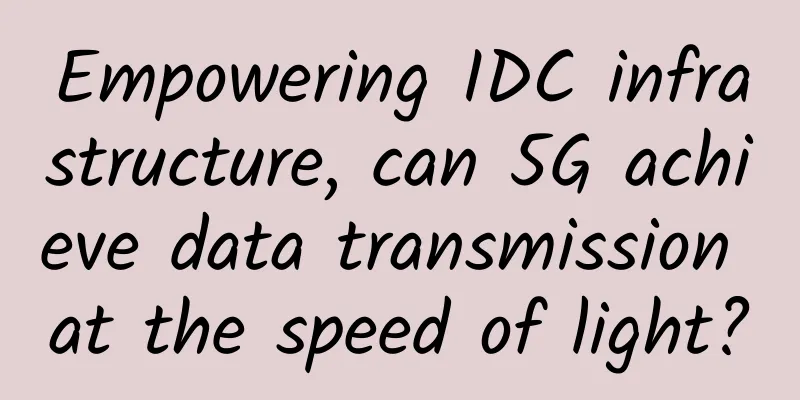The Future of 5G and IoT in Smart Cities
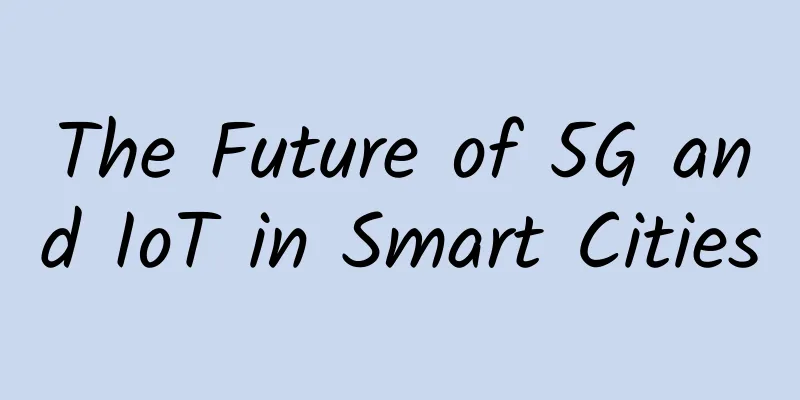
|
In short, a "smart city" leverages emerging technologies such as 5G and the Internet of Things to create and deliver connected solutions for community well-being. While innovations in 5G technology alone will not lead to the development of smart cities, the new 5G infrastructure greatly expands the opportunities for cities to use smart devices, sensors, and data to improve operations and capabilities. With 5G as the latest wireless technology, everything from smart sensors to self-driving cars can now communicate at incredible speeds with low latency without being constrained by Ethernet cables, thereby increasing the efficiency of systems and resources. So, why is 5G technology so important to the development of smart cities?
Internet of ThingsAlong with 5G technology, the Internet of Things (IoT) is a key aspect of achieving a true, fully functional smart city. In simple terms, the IoT is a network of connected devices that communicate and exchange data - it can be anything from a connected car to a street light sensor. IoT technology provides businesses, cities and individuals with the ability to monitor, manage and control these connected devices, while also collecting real-time data, analysis and insights. Some IoT applications in smart cities include:
Smart Building and Smart City IntegrationAs the Internet of Things becomes more prevalent, smart buildings are becoming a bigger and bigger component of smart cities. While building owners and managers are constantly looking for new and better ways to reduce costs and improve energy efficiency, traditional building management systems (BMS) have become obsolete with recent technological advancements. Why? Wired networks in buildings not only quickly reach their data limits, but also lead to higher costs and complexity. Today, smart buildings can leverage wireless technology, IoT devices, building automation, and data analytics to evaluate and monitor processes while operating more cost-effectively. Through IoT sensors, automation and remote management, building owners and managers can deploy a variety of devices throughout their facilities to capture real-time data and insights about building management and functionality, giving them unparalleled visibility into building operations. With a specific focus on energy efficiency, facility owners and managers can now understand exactly how and where energy is being used in a building. In addition to energy efficiency, wireless IoT sensors can also monitor facility health and air quality. As people begin to return to offices post-pandemic, the importance of monitoring facility health and air quality is extremely important. In this regard, IoT sensors ensure that building managers and businesses maintain a healthy work environment through advanced systems. Finally, in terms of data, managing IoT security at scale is critical. To ensure that IoT devices and networks remain secure and operational, asset management is essential as it provides regular and necessary IoT security assessments. in conclusionBoth 5G and IoT are key components in transforming the way cities connect and operate. With the limitless potential of IoT and the incredibly fast speeds and low latency of 5G, these technologies unlock critical infrastructure for the future of connected communities. The future of smart cities will be smarter than ever before, thanks to the rollout and adoption of 5G and IoT—providing endless opportunities for communities that harness the power of edge computing, data, and machine-to-machine technology. |
Recommend
Is it safe to use HTTPS? What is the principle of HTTPS?
HTTPS As the cost of building a HTTPS website dec...
NB-IoT is here! The network is only two months away from being launched, but the chips and platform are ready
With the opening of emerging markets such as wear...
Five-year action plan for new infrastructure in the transportation sector released
As one of the main driving forces of urban develo...
You decide whether it is hard or not! Nearly 40 diagrams to explain the TCP three-way handshake and four-way handshake interview questions that are asked thousands of times
Preface Regardless of whether you are interviewin...
35% off all ONEVPS VPS hosts starting from $3.25/month, 1G unlimited data, 9 data centers in Japan/Singapore/USA
The last time the tribe shared information about ...
In the 5G era, how can telecom operators lead the future through IoT services?
Major global telecom operators have been explorin...
Is the cost of building enterprise campus networks high? Ruijie's simplified Ethernet all-optical network provides a "good solution" to solve the problem
Digital transformation is being used as a powerfu...
The impact of hybrid IT environments on NetOps professionals
Hybrid work models are driving a major shift in n...
Technology “hidden” by life: WIFI
Nowadays, we use WIFI so many times every day tha...
Technology trends to watch in 2018
In the coming 2018, artificial intelligence (AI),...
The EU will accelerate the layout of 5G big data. Industry organizations say it is urgent to narrow the gap with China, the United States and other countries
The European Commission issued an initiative on S...
Bubble or opportunity? 2016 Enterprise IT Market Innovative Technology Application Survey Report
The four major innovative technologies of Interne...
Intel Launches High-Performance, Energy-Efficient Ethernet Solutions
On February 25, 2025, Intel released two new Ethe...
Foreign media: Global investment and deployment in 5G will accelerate in 2020
Foreign media reported that in 2020, global inves...
China's commercial Wi-Fi market size exceeds 4.1 billion yuan, analysis of the three major development trends of the industry
Commercial Wi-Fi is a wireless Internet service p...

